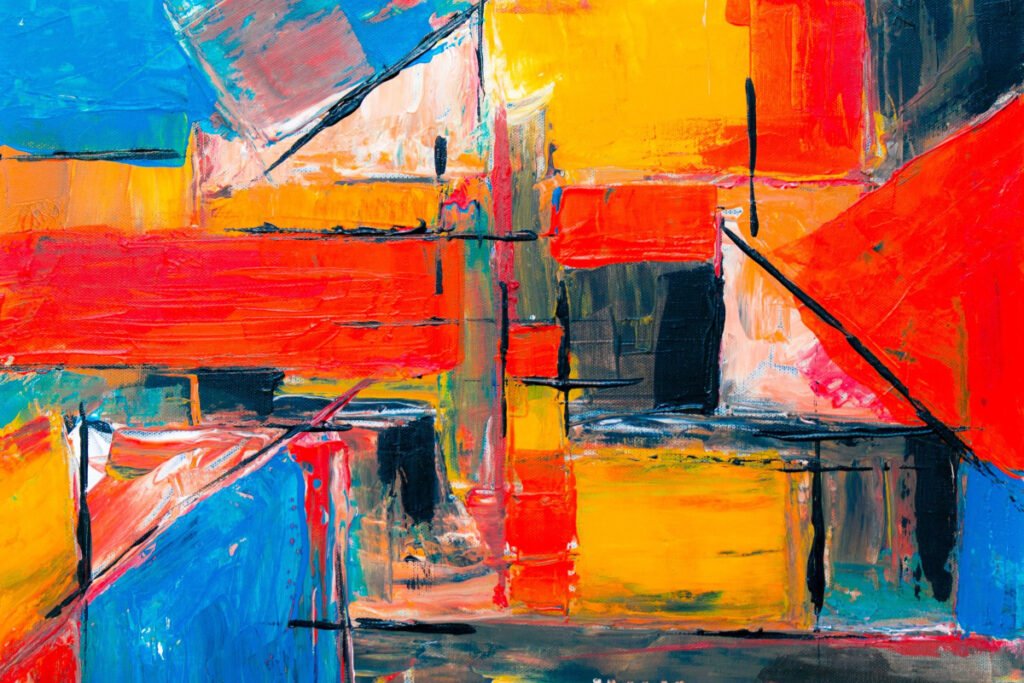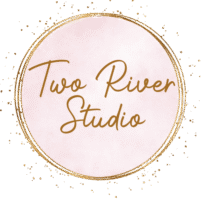Exploring Abstract Art Techniques Through Limited Color Palettes and Playful Mark Making

Introduction to the Color Palette Challenge and Its Benefits
Engaging in a color palette challenge offers a unique approach to creative expression, inviting artists to step beyond their usual preferences and experiment with unexpected combinations. This method encourages artists to move out of their comfort zones, fostering new ways of thinking and painting. By working within the limits set by a randomly selected palette, painters can discover fresh perspectives and develop their skills in color harmony and composition.
Such challenges are particularly beneficial because they push the creative boundaries and inspire innovation. They provide a structured yet open-ended opportunity to play with color, texture, and form without the pressure of a predefined outcome. The unpredictability of the process also brings an element of surprise, often resulting in artworks that are vibrant and intriguing in their originality.
Selecting and Organizing Color Palettes for Creative Exploration
Starting a color palette challenge often involves choosing a palette at random to avoid preconceived notions about the final artwork. One simple technique for managing and organizing palettes is to mark used palettes with a small hole or punch. This method keeps them intact and easy to reference without disrupting their visual structure.
This organizational system helps maintain a smooth workflow, especially when an artist commits to working through an entire color deck or series of palettes. It prevents repetition and allows for a deliberate progression through diverse combinations. Moving palettes to the back of the stack upon completion also keeps the workspace orderly.
The selection process itself is an adventure. Sometimes a palette instantly connects with the artist’s vision, while other times the colors seem challenging and uncertain. Both scenarios present valuable learning experiences, with the more difficult palettes demanding creative problem-solving and daring experimentation.
Choosing Paints and Materials Within a Limited Palette
Working within a limited palette encourages creativity in color mixing and material use. Artists often pull colors from different brands and types to get as close as possible to the palette’s original hues. It’s common to combine basic acrylics with fluid acrylics or explore matte finishes for variety in texture and sheen.
A practical approach involves using colors on hand rather than buying new supplies. This method encourages resourcefulness and helps artists deepen their understanding of their current materials. For example, substituting one yellow for another or mixing white into blue to achieve a lighter shade adds complexity to the process.
Additionally, incorporating mediums like clear and white gesso can modify paint characteristics, often creating matte, gritty textures that respond differently under layers or when combined with other tools. This diversity in material response adds richness to the painting process.
Understanding Paper Types and Their Impact on Painting
The choice of paper can significantly influence the painting experience. Handmade cotton watercolor paper, for instance, offers a distinct texture and absorbency that can affect paint behavior. Some papers are sized differently, causing water and paint to either spread broadly or remain more defined.
Certain papers may even repel water slightly, creating unique effects in wet media. Artists often notice physical reactions like buckling, especially with thin or unsized papers, which can be a drawback for some but a desirable characteristic for others.
For paintings that involve multiple layers and experimentation, sturdier papers designed for watercolor or acrylic use are preferable, as they withstand moisture better and dry flatter. However, more textured or fabric-like wallpapers can inspire unusual results and tactile explorations that are worth trying.
Experimenting with Different Painting Tools and Techniques
Stepping outside traditional brushes opens up new artistic possibilities. Using silicone paint tools, palette knives, or even the back end of a brush allows for unpredictable strokes and textures. The resulting marks are often less controlled, which can lead to serendipitous patterns and a lively composition.
Intuitive painting plays a central role in this exploration, with artists encouraged to add paint in random or spontaneous ways initially. This freedom reduces overthinking and fosters a playful approach. Layering different colors and tools builds complexity and depth in the work.
Artists may also incorporate colored charcoals or graphite for drawing and mark making, offering contrast and interest within an abstract framework. Each medium brings its own feel and line quality, making the interaction with paint and paper richer and more varied.
Using Stencils and Mark Making to Enhance Abstract Art
Introducing stencils can add structure and motif elements to abstract paintings. These tools allow artists to bring in repeated shapes, floral patterns, or textures that complement the underlying layers. Applying paint through stencils with brushes or sponges creates varied effects depending on paint thickness and application method.
Mark making, whether with brushes, cardboard pieces, or textured implements, enriches surface interest. Dragging or stamping techniques can create rhythmic patterns that contrast with fluid brush strokes. Even using household items like pieces of cardboard as stamps or scrapers adds a spontaneous and experimental quality.
Combining stenciled shapes with organic mark making balances precision and intuition, helping abstract works feel both deliberate and lively.
Incorporating Botanical Line Work and Mixed Media Elements
For artists inclined toward natural forms, delicate botanical line work can be layered atop abstract backgrounds. Using pens or markers, simple leaves, flowers, and vines can be sketched to introduce recognizable shapes that contrast with the freeform paint.
Botanical details can be done with traditional black ink or with colored pens picked to harmonize with the palette. This element softens the abstraction, creating a dialogue between the natural world and the painterly exploration.
Adding mixed media elements, such as collage scraps from painted paper edges or different textures, increases tactile interest. These fragments can be integrated either before or after cutting the artwork into smaller pieces, offering new compositional possibilities.
Cutting, Evaluating, and Finalizing Artwork for Unique Compositions
One rewarding aspect of this challenge approach is cutting up the finished painting into smaller sections. This process often reveals unexpected compositions that may be overlooked in the whole piece.
Using viewfinders or simple mats helps evaluate which areas hold the most visual interest. Orientation can be altered to see the fragment from multiple perspectives, allowing selection of pieces that stand strong independently.
While cutting may seem intimidating, it encourages letting go of attachment to the initial work. Many artists find that sections gain new life and impact after being isolated and reframed, sometimes becoming focal points for further detail work.
Final touches such as additional mark making, doodling, or botanical sketches can be applied either before or after cutting. This flexibility adds a finishing layer of personal expression to each segment.
Reflection on Creativity Beyond Comfort Zones and Encouragement for Artists
Engaging with challenging palettes and unfamiliar materials pushes artists beyond habitual routines and thinking patterns. Even initial doubts about a color scheme or medium often transform into pleasant surprises through process and experimentation.
This approach fosters resilience and openness in creativity, encouraging artists to accept uncertainty and find value in unpredictability. It also cultivates patience, as many outcomes reveal their full potential only after multiple layers or re-assessment.
Artists are encouraged to embrace these challenges not as tests but as opportunities to play freely, take risks, and expand their visual vocabulary. The experience enhances artistic growth and deepens appreciation for the nuances of color and texture.
Conclusion and Ways to Share Your Artistic Journey
Participating in a color palette challenge is both enriching and enjoyable. Sharing these explorations through social media platforms or artist communities provides connection and inspiration for others. Posting works on Instagram or joining art-related Facebook groups offers valuable feedback and fosters a supportive creative environment.
Documenting progress encourages accountability and motivates continued practice. Artists can experiment with various palettes, tools, and techniques while building a diverse portfolio.
Ultimately, this kind of challenge shapes artistic development by inviting fresh approaches to color and composition, celebrating imperfection, and championing discovery through play.
